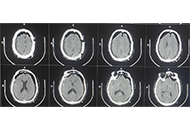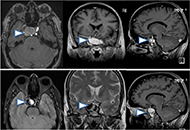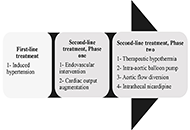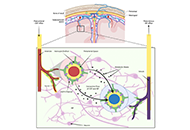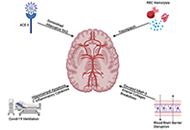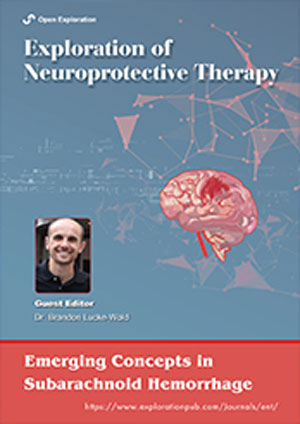
Emerging Concepts in Subarachnoid Hemorrhage
Guest Editor
Dr. Brandon Lucke-Wold E-Mail
Department of Neurosurgery, University of Florida, Gainesville, FL 32608, USA.
Research Keywords: subarachnoid hemorrhage; neurosurgery; neurotrauma; simulation
About the Special lssue
Subarachnoid hemorrhage (SAH) continues to present serious challenges for clinicians and researchers. High morbidity and mortality exist with 1/3 of patients never making it to the hospital. As endovascular techniques have emerged, safe and more efficient aneurysm securement options are now available. The shift has become a focus on secondary mechanisms that occur after the initial hemorrhage. It is well known that vasospasm and delayed cerebral ischemia develop days to weeks after injury. What is still poorly understood is the contributory mechanisms leading to these downstream cascades. This has limited the development of effective therapeutics. This special issue will focus on those emerging topics. We are interested in both clinical and preclinical studies as well as focused reviews. Topics of particular importance include the role of microglia, the neuroinflammatory surge, and how the glymphatic system may contribute. Authors are encouraged to provide novel and innovative research to address such topics and help propel the field forward. This forum offers a unique advantage for sharing ideas and encouraging collaborative efforts.
Keywords: subarachnoid hemorrhage; neuroinflammation; vasospasm; delayed cerebral ischemia; glymphatics
Published Articles
